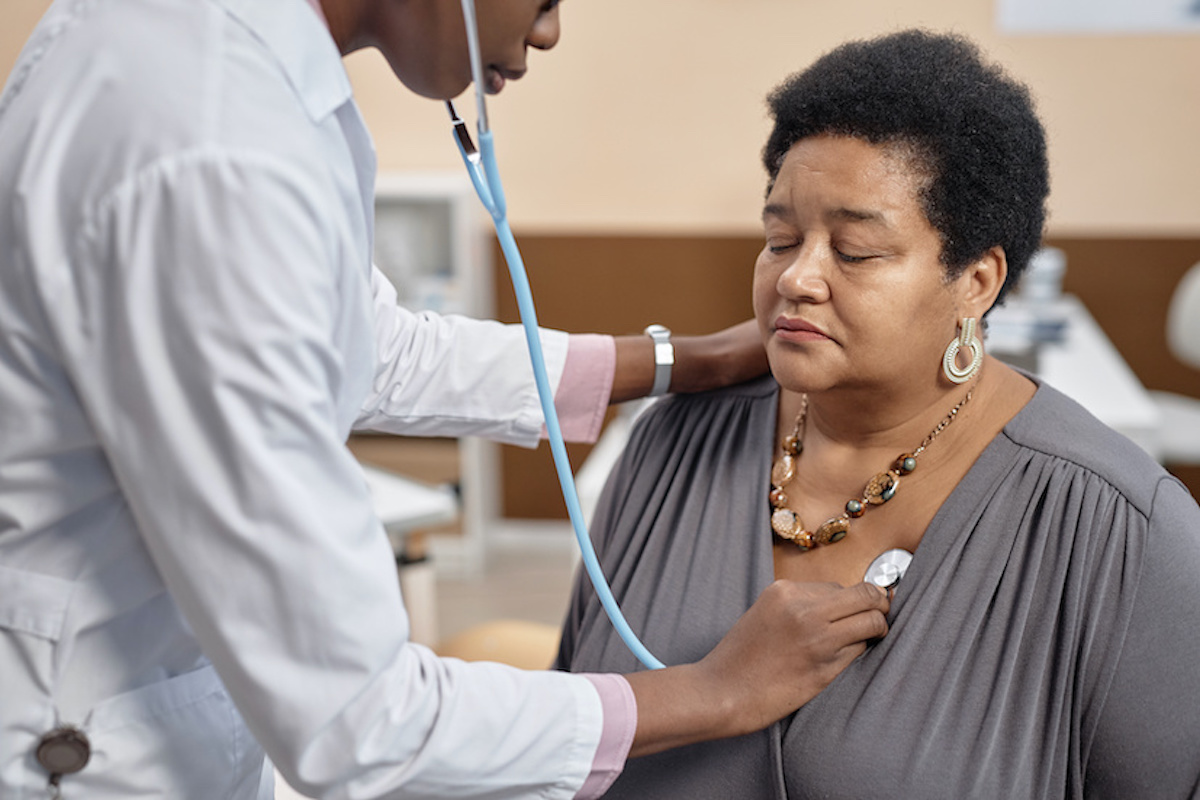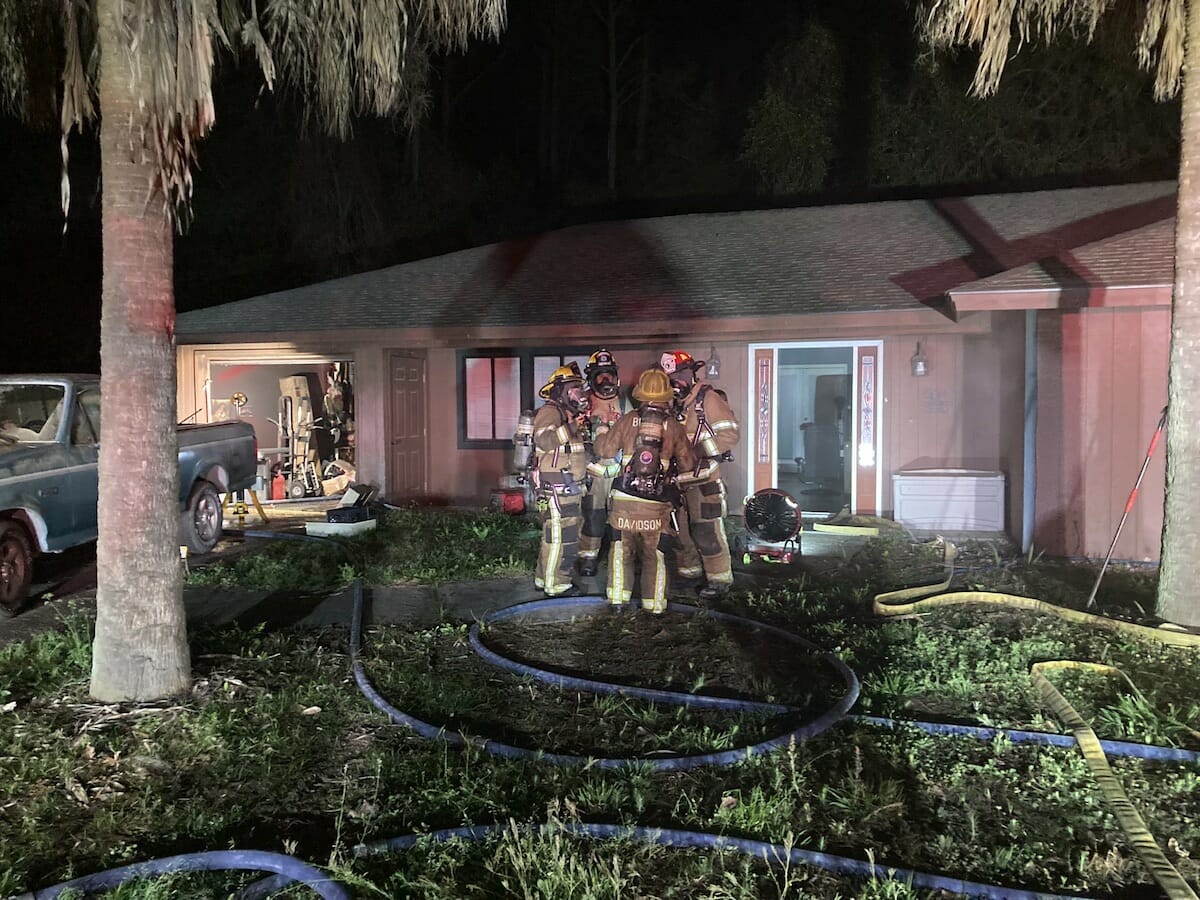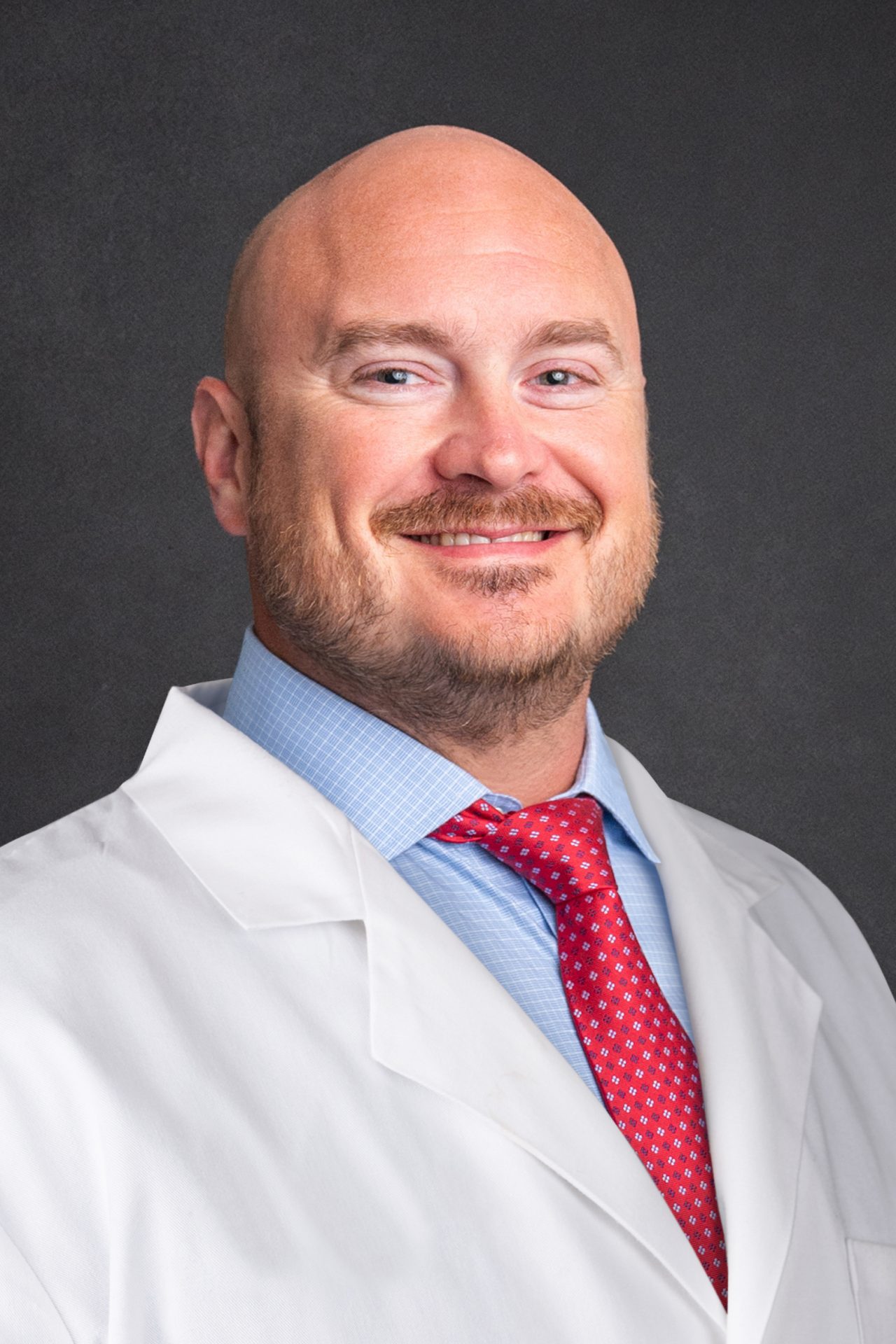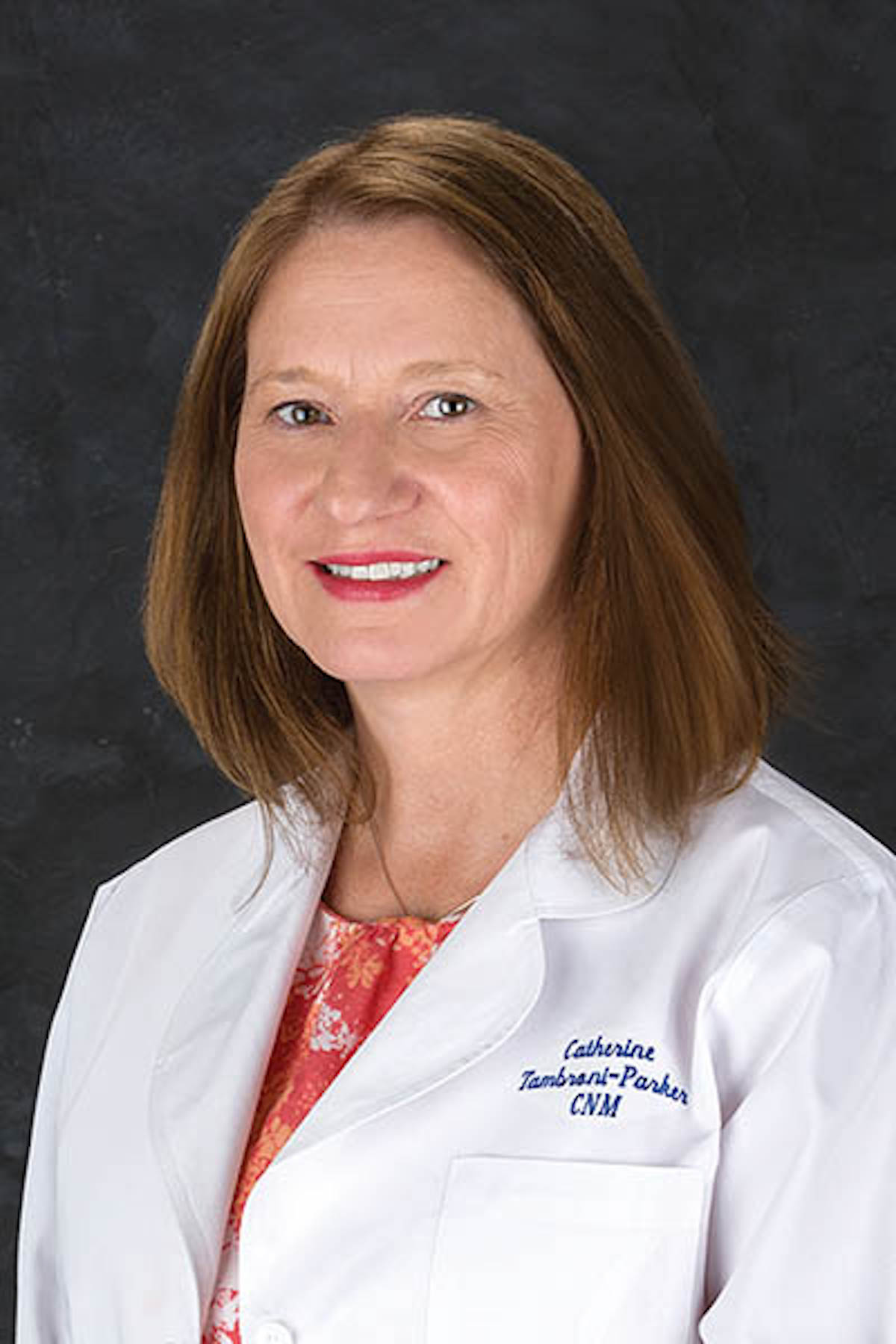By Denise Pate, MD, board-certified internal medicine specialist and Medical Director at Medical Offices of Manhattan (NY)
The annual physical is the perfect time to discuss any changes in an individual’s health over the prior year with a primary care doctor. But it’s also a great time to ask which cancer screenings are recommended, according to Denise Pate, MD.
About 1.9 million people were diagnosed with cancer in the United States in 2022, according to the National Cancer Institute. Many of these malignancies, when detected at their earliest stages, are highly treatable or curable, so getting screened is a smart and proactive approach to staying healthy.
“Screening tests are used to find cancer in people with no symptoms, which raises the odds of finding cancers when they’re small and haven’t yet spread,” says Dr. Pate. “Staying on top of screenings could end up saving your life.”
The kinds of cancer screening tests appropriate for each individual depend largely on their age and risk factors. That’s why the annual physical is an ideal time to ask the doctor which screenings may be recommended.
“You should also ask how often you need a screening and if you need to visit a specialist to order any of your screening tests,” Dr. Pate notes. “The answers may vary depending on your health care system or insurance coverage.”
Age-by-age guide to screening tests
Certain screening tests are recommended and offered on a widespread basis in the United States, including those for cervical, breast and colorectal cancers. Other screenings are recommended for specific categories of people, including lung cancer testing for smokers and former smokers. Still others may be advised but not necessarily standard, such as prostate cancer screening.
To help understand which screenings you should ask your doctor about, use these age-by-age guidelines from the American Cancer Society (cancer.org):
Cervical cancer
- Starting at age 25 and continuing through age 65, all people with a cervix should get primary HPV testing every 5 years to detect human papilloma virus, which causes 9 out of 10 cases of cervical cancer.
- If primary HPV testing isn’t available close by, consider undergoing what’s called “co-testing,” an HPV test and Pap test done at the same time, also every 5 years.
- Alternately, consider getting a Pap test alone every 3 years.
Breast cancer
- Annual mammogram screenings should begin at age 45 for every woman, but women who are 40 to 44 may opt to begin yearly screenings sooner.
- If an individual is at higher risk for breast cancer due to family history or other factors, they should ask their doctor about beginning mammograms sooner than 40.
- At age 65 and older, mammograms should be done every 2 years, or continue annually if recommended in specific instances.
Colorectal cancer
- Screenings should begin at age 45 for people considered at average risk of colorectal cancer. If an individual is at higher risk due to family history, genetic disorders, or other factors, they should ask their if it’s recommended to begin colorectal cancer screening younger than 45.
- Screening options include stool tests, sigmoidoscopy, or colonoscopy. The latter two tests involve using a thin, flexible, lighted tube to check your rectum, colon, or both for abnormal growths. Depending on the screening test chosen, it may be recommended to repeat the test somewhere between every year and every decade.
- Colorectal cancer screenings are standard until age 75. The decision to screen after 75 is made on an individual basis.
Prostate cancer
- Starting at age 45, men considered at higher risk of prostate cancer should ask their doctor about the potential benefits of PSA screening. PSA (prostate-specific antigen) tests measure the level of a substance in the blood called PSA, which is produced by the prostate gland and can be elevated in men with prostate cancer.
- Men considered at higher risk include those who are African American or have close family members who had prostate cancer before age 65, such as their father, brother, or son. Men with more than one close relative who had prostate cancer before 65 should ask their doctors about PSA testing starting at age 40.
Lung cancer
- Individuals 50 or older and have a smoking history—meaning they either smoke currently or quit within the past 15 years—should ask their doctor whether an annual low-dose CT scan is appropriate to screen for early lung cancer. Recommendations will vary depending on how much the individual smoked and for how long.
- Not all health insurers cover low-dose CT lung cancer screening, so patients should find out if they are covered prior to testing.
With the variety of cancer screening tests available and the many factors guiding their use, the primary care doctor’s expertise is invaluable to help make sense of all the options, Dr. Pate says.
“Your doctor is your trusted advisor,” she says. “And remember, if you have any signs or symptoms of cancer, or additional risk factors that place you in a higher-risk group, it’s especially important to talk to your doctor as soon as possible.”











